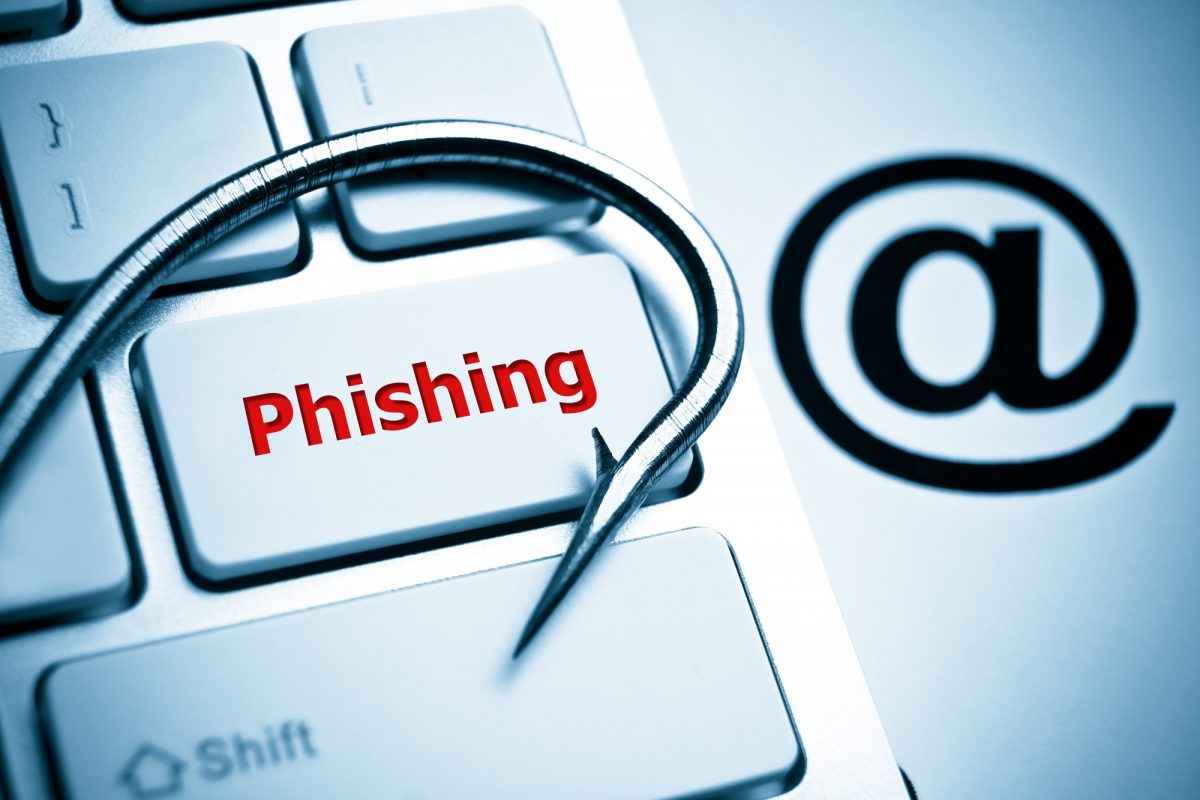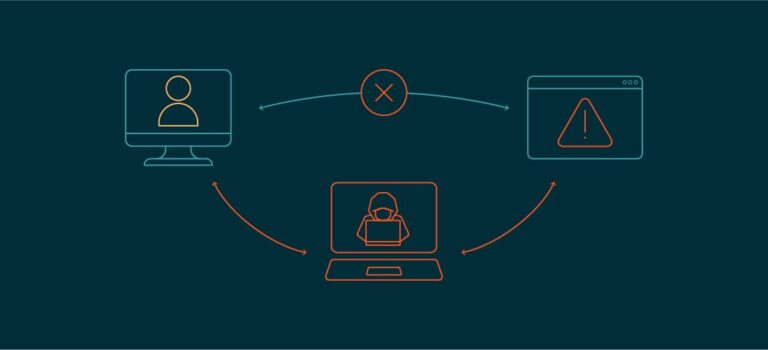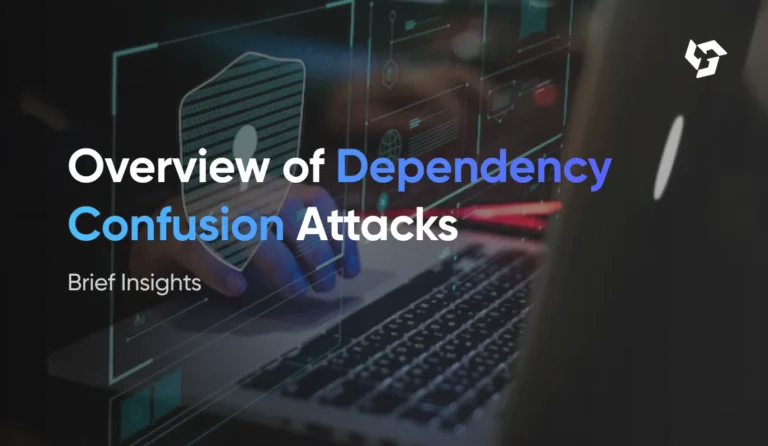Phishing & Spear Phishing – Deceptive Emails to Steal Credentials
In our hyper-connected digital world, email remains both a lifeline for communication and a prime attack vector for cybercriminals. Among the most pervasive and damaging threats are phishing and its more sophisticated cousin, spear phishing. These deceptive email tactics exploit human psychology to bypass technical defenses, tricking victims into voluntarily surrendering login credentials, financial data, and sensitive corporate information.
The scale of this threat is staggering:
- 94% of malware is delivered via email (Verizon DBIR)
- Phishing attacks cost businesses $4.76 million per incident on average (IBM)
- 74% of organizations experienced successful phishing attacks in 2023 (Proofpoint)
This comprehensive guide explores how these attacks work, their evolving tactics, and actionable strategies to protect yourself and your organization.
The Psychology of Deception: Why Humans Click
Phishing exploits fundamental cognitive biases:
- Urgency: “Your account will be suspended in 24 hours!”
- Authority: Fake emails from CEOs or government agencies
- Familiarity: Spoofed brands like Microsoft or PayPal
- Reciprocity: “Claim your free gift!”
Cybercriminals use these triggers to override rational thinking. A Stanford study found that 88% of data breaches stem from human error, not technical failures.
Anatomy of a Phishing Attack
Phase 1: The Bait
Attackers craft emails mimicking legitimate entities:
- Financial institutions (banks, PayPal)
- Cloud services (Microsoft 365, Google Workspace)
- Shipping carriers (FedEx, DHL)
Common lures:
- “Suspicious login attempt” alerts
- Invoice/payment notifications
- Account verification requests
- Fake HR policy updates
Phase 2: The Hook
Victims are directed to fraudulent sites:
- Typosquatting domains: micr0soft-login.com
- SSL-certified clones: 58% of phishing sites now use HTTPS (PhishLabs)
- Brand impersonation: Pixel-perfect replicas of legitimate login pages
Phase 3: The Catch
Stolen credentials enable:
- Financial theft (bank transfers, credit card fraud)
- Data exfiltration (customer records, IP theft)
- Malware deployment (ransomware, spyware)
Spear Phishing: The Sniper’s Approach
While traditional phishing casts a wide net, spear phishing targets specific individuals or organizations with terrifying precision:
| Feature | Phishing | Spear Phishing |
|---|---|---|
| Personalization | Generic | Highly customized |
| Research | None | Extensive OSINT |
| Target | Masses | Specific roles |
| Success Rate | <1% | Up to 45% |
Real-world example: The 2021 Colonial Pipeline breach started with a spear-phished VPN password stolen from an IT technician. The resulting ransomware attack caused fuel shortages across the U.S. East Coast.
Modern Attack Vectors Beyond Email
- Smishing (SMS Phishing):
- Fake parcel delivery texts with malicious links
- “Bank security alert” SMS requiring immediate action
- Vishing (Voice Phishing):
- AI-generated CEO voice clones requesting wire transfers
- “Tech support” calls stealing remote access
- Social Media Phishing:
- Fake job offers on LinkedIn
- Compromised business accounts sending malware
Red Flags: How to Spot Deceptive Emails
Always scrutinize these elements:
Header Analysis
- Mismatched sender address: service@paypa1.net (vs. paypal.com)
- Spoofed display names: “Microsoft Security hacker432@tutanota.com“
Content Warning Signs
- Threatening language: “Immediate action required!”
- Grammatical errors: Uncharacteristic of legitimate brands
- Mismatched links: Hover to reveal actual URL
- Unusual requests: “Send gift cards for employee bonuses”
Technical Indicators
- Missing DKIM/SPF authentication
- Unencrypted forms requesting passwords
- Suspicious attachments (.html, .js, .scr files)
Defense Strategies: Building Human Firewalls
Individual Protection
- Multi-Factor Authentication (MFA): Blocks 99.9% of account compromises (Microsoft)
- Password managers: Prevent credential reuse across sites
- Email hygiene: Verify sender addresses before clicking
- Sandboxing: Open attachments in isolated environments
Organizational Safeguards
- Security awareness training: Conduct simulated phishing tests
- AI-powered filters: Solutions like Abnormal Security detect behavioral anomalies
- DMARC implementation: Prevents domain spoofing
- Zero Trust Architecture: “Never trust, always verify” access
When Attacks Succeed: Damage Control Protocol
- Immediate isolation: Disconnect compromised devices
- Credential reset: All affected accounts + related logins
- Fraud alerts: Contact banks/credit bureaus
- Forensic analysis: Determine attack scope
- Regulatory reporting: Mandatory under GDPR/HIPAA
The AI Arms Race: Offense vs. Defense
Attackers now leverage:
- Generative AI for flawless grammar and personalized lures
- Deepfake audio for convincing vishing scams
- Automated OSINT tools for target profiling
Defenders counter with:
- Natural Language Processing (NLP) to detect phishing semantics
- Behavioral analytics identifying anomalous email patterns
- Predictive threat intelligence platforms
Future Threat Landscape
Emerging risks require new vigilance:
- QR code phishing (“Quishing”): Malicious codes in printed materials
- Metaverse phishing: Fake virtual environments stealing credentials
- Supply chain phishing: Compromising SaaS providers to reach thousands
Conclusion: Vigilance in the Age of Deception
Phishing and spear phishing remain exceptionally effective because they weaponize our greatest vulnerability: human nature. As attacks grow increasingly sophisticated, technical defenses alone are insufficient. The most resilient security strategy combines:
- Cutting-edge email filtering
- Continuous security education
- Rigorous verification protocols
- Collaborative threat intelligence
By understanding attackers’ methodologies and maintaining healthy skepticism, individuals and organizations can transform from targets into formidable adversaries against these insidious threats.






